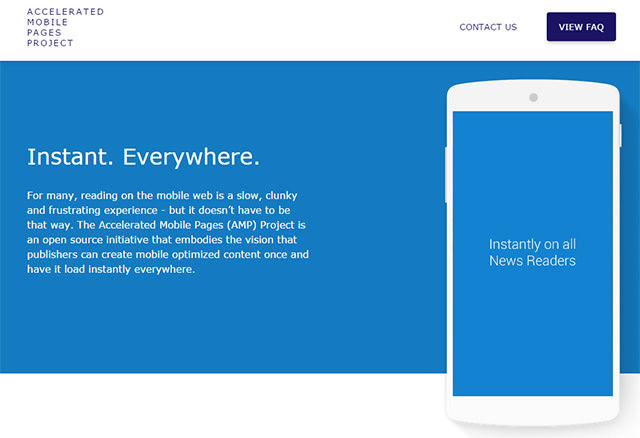Goal:
You will be implementing form handling for the form you have been working on using PHP. The functionality we are looking for is similar to the 'review order' part of an online shopping checkout, allowing the user to check the information entered, and go back and edit as necessary. The form should work as follows:
- On clicking submit, load a summary page that displays the information that has been entered into the form. Use CSS to style this page appropriately; it does not have to match the form styling exactly, but the styling should give an impression of continuity from the previous page.
- The summary page should include an edit button (or link).
- On clicking 'edit', reload the original form *but* with the previously entered information retained in the form field. Clicking the 'submit' button again should bring you back to the summary page with the updated information.
- 10% Good turnin
- 20% accurately collect data
- 30% summary page, w/ basic styling
- 10% edit option on summary page
- 30% defaults sets on edit
- HTML and CSS files
- PHP source files

